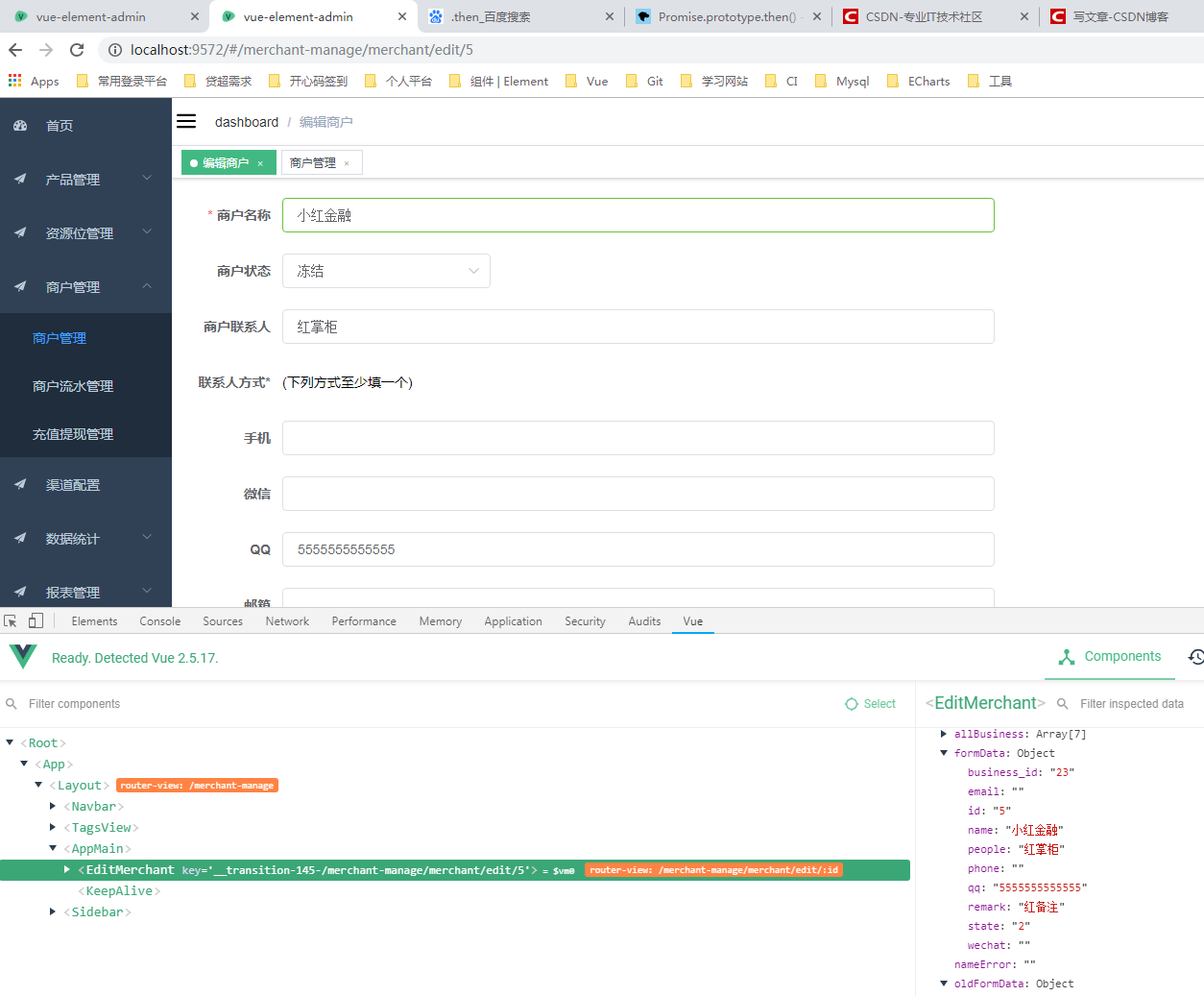matlab 求傅里叶变换(fft 模板)
总结:求傅里叶变换,通常必须用函数fft(), 但是求出来的是双边谱,需要转换为单边谱。这个时候有一标准化的动作:
y=fft(s);p2=abs(y/L);p1=p2(1:L/2+1);p1(2:end-1)=2*p1(2:end-1);
完整代码如下:
%% Noisy Signal% Use Fourier transforms to find the frequency components of a signal buried% in noise.% Specify the parameters of a signal with a sampling frequency of 1 kHz and% a signal duration of 1 second.% Copyright 2015 The MathWorks, Inc.Fs = 1000; % Sampling frequencyT = 1/Fs; % Sampling periodL = 1000; % Length of signalt = (0:L-1)*T; % Time vector%%% Form a signal containing a 50 Hz sinusoid of amplitude 0.7 and a 120 Hz% sinusoid of amplitude 1.S = 0.7*sin(2*pi*50*t) + sin(2*pi*120*t);%%% Corrupt the signal with zero-mean white noise with a variance of 4.X = S + 2*randn(size(t));%%% Plot the noisy signal in the time domain. It is difficult to identify% the frequency components by looking at the signal |X(t)|.figure(1);subplot(311)plot(1000*t(1:50),X(1:50));title('Signal Corrupted with Zero-Mean Random Noise');xlabel('t (milliseconds)');ylabel('X(t)')%%% Compute the Fourier transform of the signal.Y = fft(X);%%% Compute the two-sided spectrum |P2|. Then compute the single-sided% spectrum |P1| based on |P2| and the even-valued signal length |L|.P2 = abs(Y/L);P1 = P2(1:L/2+1);P1(2:end-1) = 2*P1(2:end-1);%%% Define the frequency domain |f| and plot the single-sided amplitude% spectrum |P1|. The amplitudes are not exactly at 0.7 and 1, as expected, because of the added% noise. On average, longer signals produce better frequency approximations.f = Fs*(0:(L/2))/L;subplot(312)plot(f,P1);title('Single-Sided Amplitude Spectrum of X(t)');xlabel('f (Hz)');ylabel('|P1(f)|');%%%%%%%%%%%%%%%%%%%%%%%%%%%%%%%%%%%%%%%%%%%%%%%%%%%%%%%%%%%%%%%%%%%Y = fft(S);P2 = abs(Y/L);P1 = P2(1:L/2+1);P1(2:end-1) = 2*P1(2:end-1);subplot(313);plot(f,P1);title('Single-Sided Amplitude Spectrum of S(t)')xlabel('f(Hz)');ylabel('|P1(f)|');grid on;
运行结果:

后来发现太麻烦了,还是有一个自己写得fft函数比较顺手:
function [f, spectrum ] = gan_fft(s,Fs,L)%GAN_FFT 此处显示有关此函数的摘要% 此处显示详细说明y=fft(s);p2=abs(y/L);p1=p2(1:L/2+1);p1(2:end-1)=2*p1(2:end-1);f = Fs*(0:(L/2))/L;spectrum=p1;end
































还没有评论,来说两句吧...